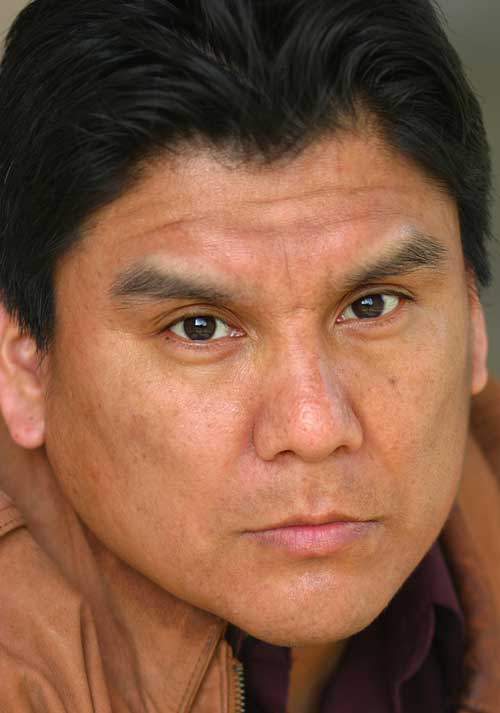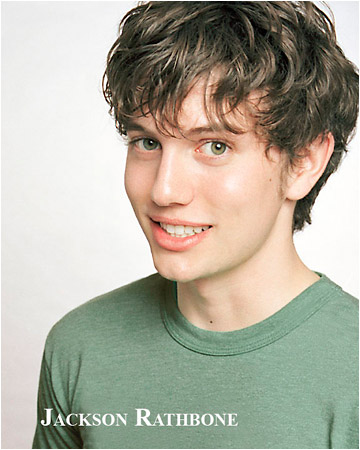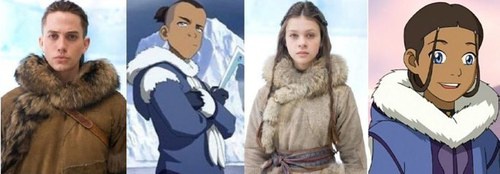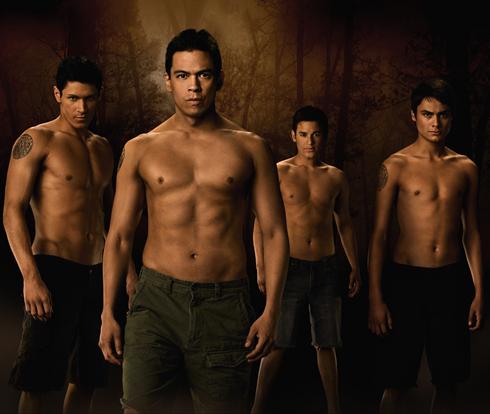There May be Bias, but Wal-Mart Can’t be Blamed, Says Supreme Court
By Rinku Sen
In the project’s online test, 75 percent to 80 percent of self-identified whites and Asians show an implicit racial preference for white relative to black. Everyday people, including the researchers who direct this project, are found to harbor negative associations in relation to various social groups (i.e., implicit biases) even while honestly reporting that they regard themselves as lacking these biases.
When implicit bias is combined with the human reliance on first impressions, the result can be devastating. As Malcolm Gladwell noted in the New Yorker, the impression from the handshake that precedes a job interview colors impressions of the interview itself. “The first impression becomes a self-fulfilling prophecy: we hear what we expect to hear,” Gladwell writes.
These patterns apply to other forms of discrimination as well. The Restaurant Opportunities Center of N.Y. (ROC-N.Y.) has conducted multiple studies of employment patterns in the nation’s fastest growing private sector industry. Restaurants, especially in the high-end market, are marked by a rigid racial hierarchy, and generally shut out women altogether.
In ROC-N.Y.’s first study, interviews with employers revealed their rationale for raced and gendered decisions. They wanted “tall, beautiful” people in the front of the house jobs—these are the workers who make more money and actually speak to diners. For the more dangerous, low-wage jobs at the back of the house, they prefer “hard workers” who are immune to the poor wages and conditions. Simply counting the workers through observation makes it quite obvious that only white men, and the very occasional white woman, meet the beauty criteria in most such workplaces. Immigrants have accents too thick to explain the menu, employers say, while women can’t take the fast pace and informality (i.e. sexual harassment) of restaurant work.
In a later study, ROC-N.Y. ran a matched-pair test, sending applicants with the exact same qualifications but of different races and genders to inquire about jobs. Without fail, white men got interviews at double the rate of others. This hierarchy is so ubiquitous as to become invisible unless you pay attention. Again, the bias is unconscious, but the result is the same. That’s why the remedies have to be intentional. Discrimination doesn’t just check itself.
You know, like a mobster. A killer. A werewolf. A terrorist. A Wendigo. A malevolent spirit or demon. A source of evil magic.
Now imagine what happens when a well-qualified Indian applies for a job. Even if you're well-intentioned and don't think you have any biases, who are you going to hire? Him?

Or him?

Which one fits your image of a head waiter? A junior executive? Or the lead in a romantic comedy?
Y0u can bet a matched-pair test of two people like this would produce the same results as the ROC-N.Y. study. The white guy would get twice the number of job interviews and offers as the Indian.
Implicit bias in Hollywood
I'm sure this is what happens when Hollywood execs decide to cast Johnny Depp, Taylor Lautner, or Brandon Routh over an Indian. On the one hand, they have someone who looks and feels "normal." On the other hand, they have someone who looks and feels "strange."
They make the safe, biased choice and then dream up justifications. "Johnny Depp is a box-office bonanza. Brandon Routh is a big-name star." Wrong in both cases, but enough to convince the equally biased investors and distributors. "Let's go with the
So we get "safe" choices like casting white actors in The Last Airbender. Although that didn't make the movie a success. Oops!

And "safe" choices like casting Indians as dark, scary creatures with a heart of gold. Because that's what Indians are good for. Snarling, hunting, and killing--i.e., savagery.

For more on the subject, see:
Americans refuse to acknowledge prejudice
Minorities suffer microaggression
Hollywood's cultural conservatism
Indians hold steady at 0.3%
Subconscious racism proved

No comments:
Post a Comment